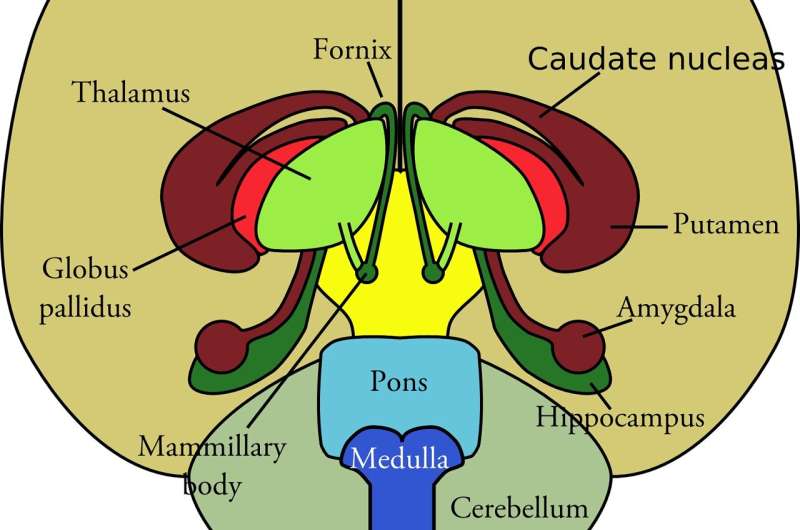
Human brain organoids are remarkable platforms for modeling features of human brain development and diseases. Building on methods to generate organoids to model different brain regions such as the cortex and the midbrain, researchers at the Perelman School of Medicine at the University of Pennsylvania have generated the first organoids of the arcuate nucleus (ARC), an essential structure in the hypothalamus that sends signals of hunger and feeling full. This part of the hypothalamus exhibits a tremendous amount of cell diversity, and is far more complex than previously modeled parts of the brain.
In a paper published today in Cell Stem Cell, researchers at Penn report generating arcuate organoids (ARCOs) that model the ARC of the hypothalamus. Previous studies have generated 2D hypothalamic-like neurons and 3D hypothalamic organoids from human induced pluripotent stem cells (iPSCs). However, no protocols previously existed to generate hypothalamus nucleus-specific organoids.
Researchers applied a machine learning approach and used published mouse data to predict ARC populations in the human hypothalamus at the single-cell level. Researchers then compared individual clusters of cells from the ARCO dataset with the predicted human ARC cells in the neonatal human hypothalamus. Using this approach, they determined that the ARCOs exhibit very similar cell type diversity and molecular signatures to those of human ARCs.
“This model provides opportunities to examine the previously inaccessible human fetal development of the hypothalamic arcuate nucleus,” says senior author Guo-li Ming, MD, Ph.D., a professor of Neuroscience at Penn. “For the first time, we have an atlas of cell types in the human hypothalamus, which will be a blueprint to further understanding the development of brain disorders, such as certain causes of obesity and autism.”
Knowing that a dysfunction within the hypothalamus can lead to disorders such as Prader-Willi syndrome (PWS) – a genetic disorder caused by a loss of function of specific genes on chromosome 15, in which patients become constantly hungry, often leading to obesity and other complications—researchers generated iPSCs from two patients with known genetic mutations that cause PWS, and used those to derive ARCOs. They showed that ARCOs derived from patients with PWS maintain disease- and patient-specific gene signatures. For example, one of the cell types within the ARC is responsible for regulating the leptin response, which regulates food intake, and it is known that this pathway malfunctions in patients with PWS. Researchers found that indeed there is also a dysfunction in leptin response and the signaling pathways in the PWS ARCO, suggesting that not only can the ARCOs recapitulate single nuclei in terms of their cell type diversity and molecular signatures, but the patient-derived ARCOs can recapitulate certain disease signatures.
Source: Read Full Article